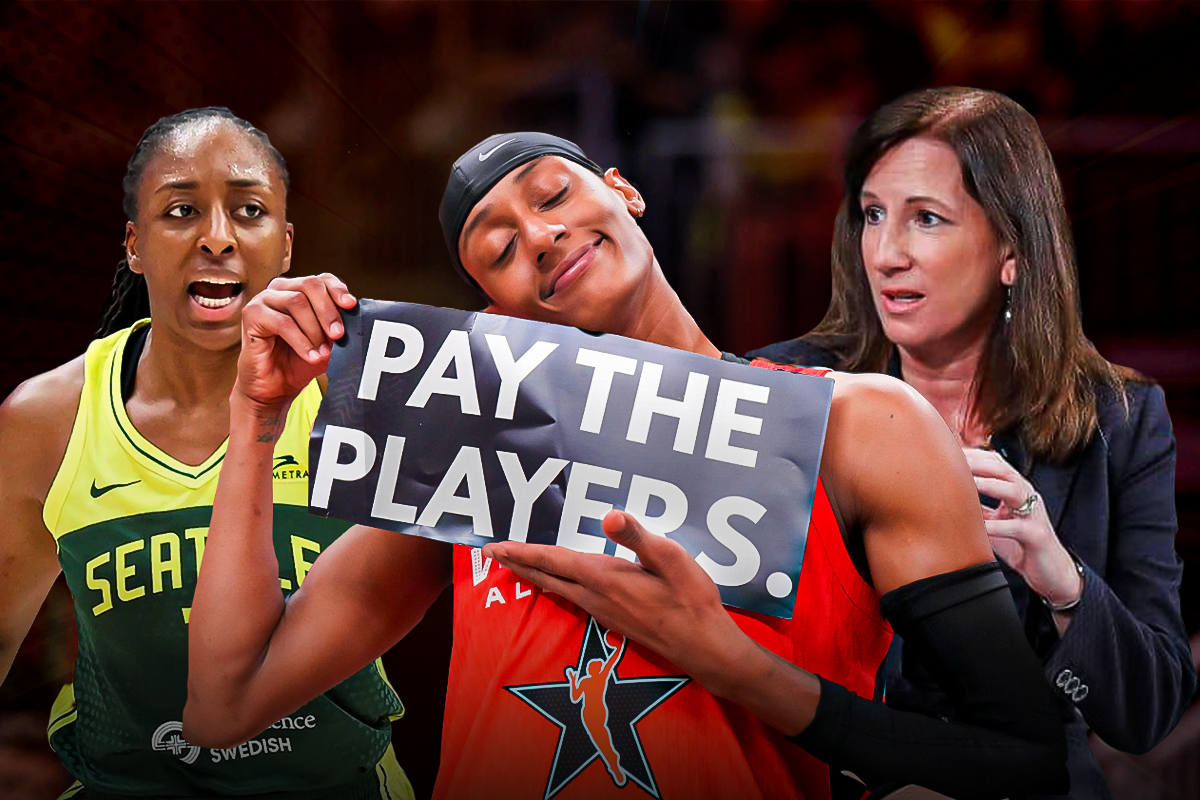
Imago
Credits : Imagn

Imago
Credits : Imagn
I’ll start with a fact from the year 2000.
Watch What’s Trending Now!
Shaq, the highest-paid player in the NBA at the time, made roughly a $17.4 million salary that year.
Cynthia Cooper, the highest-paid player in the WNBA at the time, made $75,798.
ADVERTISEMENT
When the WNBA tipped off in 1997 as an NBA-backed league for women, the average salary was just $28,000, with the top salary capped at $50,000. The league also had a unique ownership model; instead of the 8 founding franchises having individual owners, the league itself owned the teams. By 2000, many WNBA stars had grown frustrated with the low pay and chose to stay with their European clubs, where they could earn nearly three times their WNBA salaries.
What began as a one-time protest against low pay, when stars like Isabelle Fijalkowski, Cindy Brown, and Andrea Congreaves left the league to earn more in Europe – has turned into a decades-long fight. Even after 25 years, though, the battle for fair pay and better conditions in the WNBA is still far from over.
Take a look at the present situation…
ADVERTISEMENT
The current CBA, signed in January 2020 shortly after Cathy Engelbert became Commissioner in 2019, was supposed to run through 2027. But last October, the WNBPA, led by President Nneka Ogwumike, exercised its right to opt out, driven by the league’s rapid growth and rising demands from players. Since then, both sides have been locked in negotiations – with no resolution in sight. Could this be the most intense clash between the league and its players yet?
ADVERTISEMENT
A Deep Dive into the History of CBA and WNBPA – WNBA Battles
While the struggles between players and the WNBA organization have continued, several CBAs have been ratified over the years, starting in 1999, which brought a minimum 75% salary increase for rookies and a 100% raise for veterans. The second collective bargaining agreement took effect in April 2003 and ran until October 2006, with an extension through the 2007 season under the same terms.
This was a tough period for the players, as they had little to no say in negotiations.
Top Stories
Bills Legend Jim Kelly Announces Final Cancer Update After Years of Battle
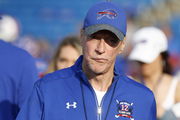
Brian Schottenheimer Blames Locker Room for Loss After Pointing Fingers at Cowboys QB

Dak Prescott Faces NFL Discipline After Doubling Down on Referees Over Cowboys Penalties
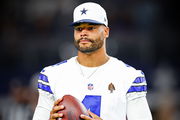
Jordan Spieth Breaks Silence on ‘Exemptions’ Backlash After Career Hit All-Time Low

NASCAR Trapped in $61M Financial Nightmare as Steve O’Donnell Admits Stripping Team Power to Force Mexico Agenda

Calls Mount Against Refs’ Controversial Decision Involving Dak Prescott in Cowboys vs Lions TNF Game
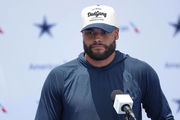
David Stern even threatened to cancel the season if an agreement wasn’t reached by April 18, 2003, after the NBA had injected $12 million to keep the W afloat. It was during this phase that the WNBA transitioned from its single-entity model to the individually owned franchise model we see today.
ADVERTISEMENT
The 2008 CBA paperwork guaranteed that player salaries would increase each year. In 2009, though, the WNBPA agreed to amend the deal, reducing roster spots from 13 to 11, a change that drew heavy criticism.
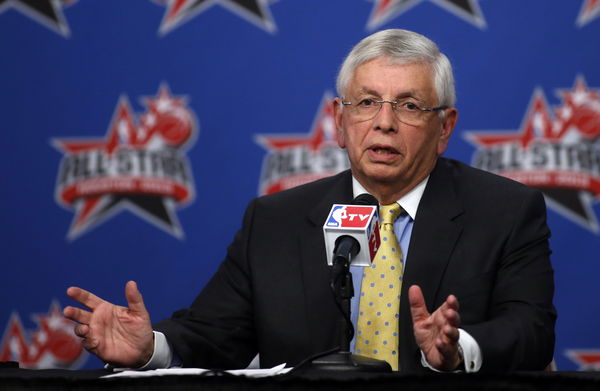
USA Today via Reuters
Feb 16, 2013; Houston, TX, USA; NBA commissioner David Stern speaks at a press conference before the 2013 NBA all star Saturday at the Toyota Center. Mandatory Credit: Brett Davis-USA TODAY Sports
By 2014, the slots were bumped back up to 12, but that year also marked the last time both sides reached an agreement without major conflict. Because when 2020 arrived, it ushered in one of the fieriest and most contentious chapters in the league’s history.
ADVERTISEMENT
Players were no longer happy with just their salaries – but what really pushed them was the lack of quality facilities. They wanted better travel options and overall quality-of-life upgrades. Reaching an agreement wasn’t easy. In 2019, the league and the union had to agree to a 60-day extension, announced just three days before the original deadline. Eventually, they managed to wrap up negotiations in January, just before free agency kicked off.
The WNBA’s salary cap saw a massive 30% jump. This increase even outpaced the NBA, where salary caps had been rising by just 7% or less in recent years. Travel arrangements were upgraded too, giving players some much-needed relief on the road.
Overall, the players finally got what they wanted.
ADVERTISEMENT
There was also a 53% boost in total cash compensation to reward the league’s top talent (taking into account base pay, performance bonuses, prize pools for in-season competitions and sharing of team marketing deals) – and for good reason!
The new CBA introduced the prioritization policy, requiring players with at least three years of experience to report to training camp (WNBA commitments) on time, or risk suspension for the entire season!
The 2020 CBA took time to come together, but once it did, it lasted four years before the WNBPA opted out…
ADVERTISEMENT
The W’s popularity had shifted dramatically, especially after Caitlin Clark turned pro. With the October 31 deadline fast approaching in 2025, this ongoing battle between the players and the league feels different from previous ones. To understand why, we first need to look at what the players are demanding and why.
Why Are WNBA Players Opting Out of the CBA
Caitlin Clark’s arrival sparked a huge surge in attention for the league. The 2024 WNBA season drew 54 million unique viewers and recorded its highest in-person attendance in 22 years, nearly double the numbers from 2023. Clark’s regular-season games alone pulled in 1.2 million viewers, 199% higher than games without her. And that’s not all: overall TV ratings jumped 300%, with Fever games alone accounting for 45% of the league’s total broadcast value, per Dana Hunsinger Benbow of IndyStar. The W’s merchandise sales leaped 500% with the 2024 ROTY ranking first followed by Angel Reese.
ADVERTISEMENT
Even Cathy Engelbert highlighted the league’s remarkable growth last year. “National viewership is up 23% year over year. Attendance is up 26%, the highest in decades. We’re seeing sold-out arenas becoming routine,” she said.
So when growth is happening at a rate the WNBA has never experienced, isn’t it only fair for players to demand proper pay?
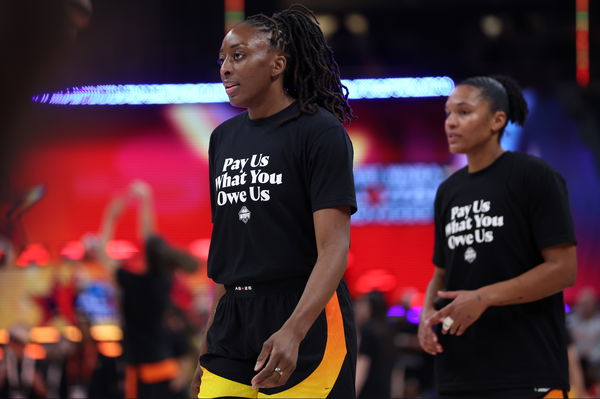
Imago
Jul 19, 2025; Indianapolis, IN, USA; Team Collier forward Nneka Ogwumike (3) looks on before the 2025 WNBA All Star Game at Gainbridge Fieldhouse. Mandatory Credit: Trevor Ruszkowski-Imagn Images
To understand why the players opted out of the current CBA, take a look at the salary distribution. Under the existing agreement, WNBA players receive just 9.3% of the league’s revenue. For context, NBA players have a 49–51% split of basketball-related income, NFL players get 48%, and NHL players take home 50%. And that’s not the end of it.
You don’t even need to compare WNBA salaries with the NBA or NFL – no one is asking for that kind of money…
But when you see that the WNBA is set to collect $925 million in expansion fees by 2030, it starts to make sense why players are pushing for more. This landmark move came just a year after the league secured a $2.2 billion TV deal for the next 11 years, guaranteeing $200 million a year – a 6x increase over the previous ESPN deal.
With the introduction of the Golden State Valkyries this season as the 13th team, the WNBA expanded the regular season to 44 games per team—the most in league history. And with more teams expected by 2030, the number of games will continue to rise.
Naturally, this has led to a spike in injuries: Caitlin Clark has played just 13 games. Several vets have individually missed at least 10. That’s not even counting the season-ending injuries. Players are pushing for larger rosters, but Commissioner Cathy Engelbert maintains that the current size is “the right size.”
The WNBA hasn’t met these demands yet, which is why I believe something big is on the horizon…
Why the Fight for the New CBA Is Unlike Any Before
Let’s be clear about one thing.
The WNBA did offer the players a high salary. According to WNBPA president Nneka Ogwumike, there’s an offer on the table to raise the maximum base salaries to at least $1 million, a 4x increase, while keeping a structure similar to the current CBA. On paper, it sounds huge, and honestly, I believe they should take it… But at the same time, the players aren’t wrong for holding out for more.
“It’s basically the same system that we exist in right now,” Ogwumike gave her reason for rejecting it. “They’re proposing a system that includes revenue that would grow with the business. When you approach it from the perspective of their response to our proposal, yes, money is more, but ultimately, if you look at the growth of the business, the money relative to the percentage of everything is virtually staying the same.”
WNBA players are pushing for a bigger slice of the league’s revenue pie, reflecting just how much the sport has grown. Since the last deal in 2020, franchise values have exploded – Las Vegas Aces went from $2 million in 2021 to $310 million today, and the New York Liberty jumped from $10-14 million to an estimated $450 million. The players argue it’s only fair that their pay rises alongside the league’s skyrocketing value.
WNBA players currently take home less than 10% of the league’s Basketball-Related Income (BRI), which includes ticket sales, media rights, and merchandise. By comparison, NBA players earn nearly 50% of their league’s BRI. That’s why the WNBPA is pushing for a revenue-sharing model that scales with the league’s growth, rather than being stuck with a fixed percentage.
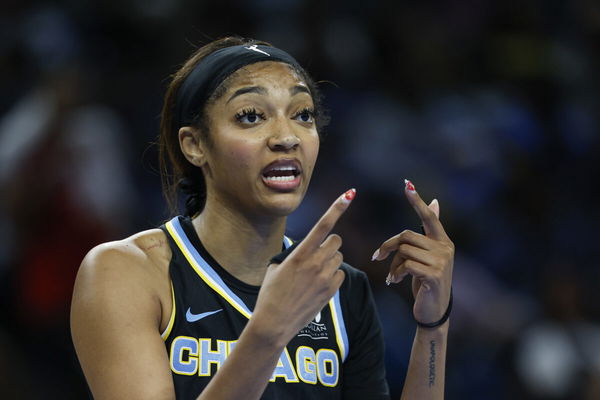
Imago
Aug 25, 2025; Chicago, Illinois, USA; Chicago Sky forward Angel Reese (5) reacts during the second half of a WNBA game against the Las Vegas Aces at Wintrust Arena. Mandatory Credit: Kamil Krzaczynski-Imagn Images
As WNBA owners pour more into teams and training facilities, league officials are also pushing for prioritization over alternative leagues like Athletes Unlimited and Unrivaled. This stance has drawn criticism from players such as Gabby Williams and Satou Sabally. Satou even pointed out that Unrivaled was paying more than the WNBA ever has! This tension adds another layer to why the current negotiations between both sides have yet to reach a resolution.
According to First Office Sports, with the October 31 deadline fast approaching and no resolution in sight, there are two possible outcomes: either both parties agree to an extension, like they did back in 2019, or a lockout occurs, leading to missed WNBA games for the first time ever.
An extension could still be reached between the two sides, but as things stand, it looks unlikely.
The WNBPA, led by president Nneka Ogwumike, has made it clear that they want a revenue-sharing model that pays them more as the league’s popularity increases. And don’t forget their bold protest, wearing “Pay Us What You Owe Us” T-shirts during the 2025 WNBA All-Star game. When players are taking a stand live on national television, it’s hard to imagine them continuing to play if their demands aren’t met. And if that happens, we shouldn’t be surprised.
ADVERTISEMENT
ADVERTISEMENT
ADVERTISEMENT

